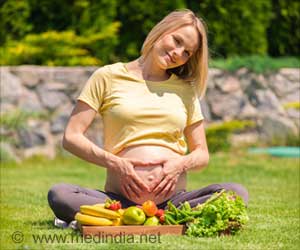UT Southwestern Medical Center researchers have found that patient history and physical examination, traditionally the cornerstone diagnostic tool for medical care, may still be among
Old is gold, and so it is medicine too! A study by UT Southwestern Medical Center researchers has claimed that physical examination and obtaining patient history, the conventional diagnostic tool for medical care, still hold sway in modern practice. It continues to be the most accurate and cost-efficient too when it comes to evaluating heart failure.
In recent years, such techniques have diminished in importance as doctors have come to rely on high-tech diagnostic approaches, such as imaging and measuring biomarkers.However, UT Southwestern researchers have found that the history and physical exam are still viable.
History and physical examinations were performed for 388 patients enrolled in the Evaluation Study of Congestive Heart Failure and Pulmonary Artery Catheterization Effectiveness (ESCAPE) trial, and their findings were recorded on a standardized form.
About half of these patients also underwent an invasive right-heart catheterization to measure how much fluid they had in their body.
The researchers found that the estimates of the amount of fluid from the history and physical exam compared favorably to the results of the invasive measurements.
Also, patients who were estimated to have extra fluid through the collection of histories and physical exams were found to be at increased risk of being hospitalized or dying over the next six months.
Advertisement
"Hopefully, this study might shift the pendulum back just a bit towards using the history and physical examination in patient care. It might even get trainees more interested in learning about the history and physical examination so that this important art can be perpetuated in future generations of physicians," he added.
Advertisement
Source-ANI
TAN/SK













